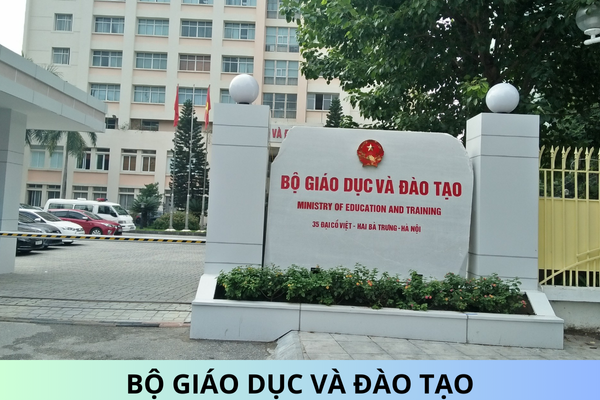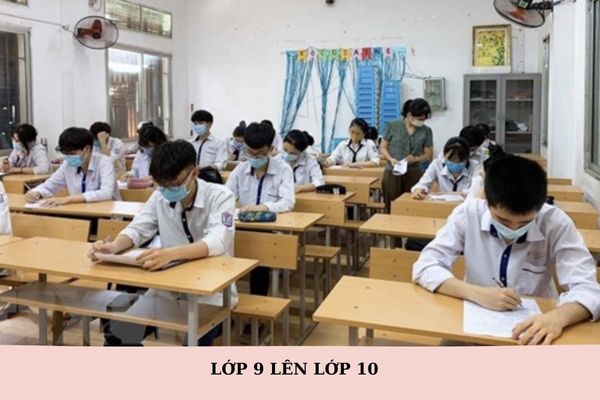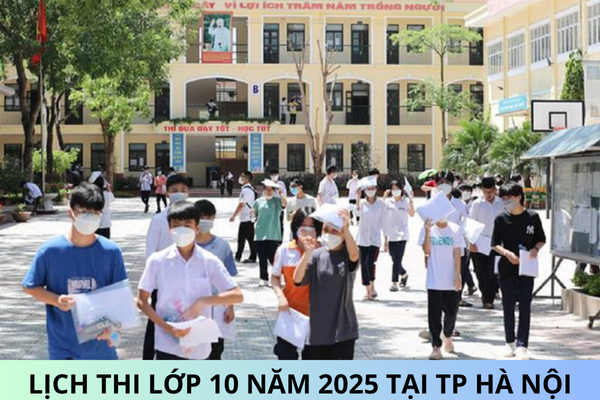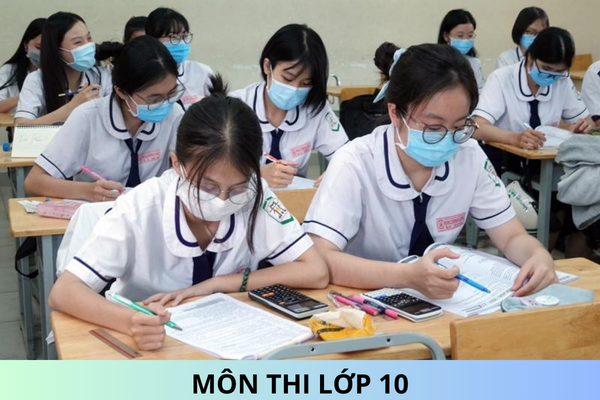Regulations on the Organization and Development of Training Programs at Higher Education Levels
According to Article 17 of Circular 17/2021/TT-BGDDT (Effective from August 7, 2021) on organizing the development of training programs as follows:
- The principal or director of the training institution (hereinafter referred to collectively as the principal of the training institution) decides to establish a Training Program Development Council to build the training program. Requirements for the composition of the Council:
a) Representative lecturers knowledgeable about the field, training disciplines, directly involved in teaching or managing the training of the training institution, with the capacity to build and develop training programs;
b) Experts in training program development and ensuring the quality of higher education;
c) Representatives from employers in related professional fields knowledgeable about professional competency requirements and job positions within the training field.
The principal of the training institution decides the criteria, number, composition, structure, and members participating in the Training Program Development Council; specifies the duties and powers of the Council and its members.
Requirements for the training program:
a) Meets the requirements according to the standards of training programs at higher education levels as stipulated in Chapter II of this Circular, the training program standards of specific disciplines or discipline groups (if any), and the Vietnamese National Qualification Framework;
b) Clearly demonstrates the ability to contribute to meeting human resources needs according to the plans and development strategies of the sector, locality, nation, and labor market demands;
c) Reflects the requirements of stakeholders, including representative lecturers in specialized units, representatives of employing units and professional associations, experts in related professional fields, and graduates of the training program currently working in relevant fields;
d) Is referenced and benchmarked against training programs of the same level and discipline that have been accredited by reputable training institutions in the country and abroad;
e) Is designed based on the learning outcomes of the training program; integrates skill teaching with knowledge; includes a matrix of courses or modules with learning outcomes, ensuring that the training program's learning outcomes are fully distributed and conveyed into the learning outcomes of individual courses or modules;
f) Teaching and learning activities, as well as assessment, must be planned and designed based on the learning outcomes of courses or modules, ensuring the provision of teaching activities that promote learning to meet the outcomes;
g) Has regulations and guidelines for program implementation, ensuring the quality of training;
h) Must be reviewed and approved by the scientific and training council of the training institution before issuance.
Sincerely!










